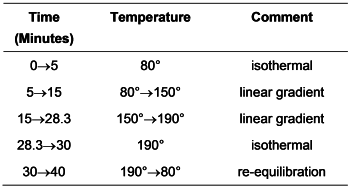Sodium Valproate Tablets
Sodium Valproate Tablets from different manufacturers, whilst complying with the requirements of the monograph, may not be interchangeable.
Action and use
Antiepileptic.
Definition
Sodium Valproate Tablets contain Sodium Valproate.
Content of sodium valproate, C8H15NaO2
95.0 to 105.0% of the stated amount.
Identification
Tests
Dissolution
Comply with the requirements for Monographs of the British Pharmacopoeia in the dissolution test for tablets and capsules, Appendix XII B1.
Carry out the method for liquid chromatography, Appendix III D, using the following solutions.
45 volumes of a 0.32% w/v solution of potassium dihydrogen orthophosphate adjusted to pH 3.0 with orthophosphoric acid and 55 volumes of acetonitrile.
Calculate the total content of sodium valproate, C8H15NaO2, in the medium from the chromatogram obtained and using the declared content of C8H15NaO2 in sodium valproate BPCRS.
Related substances
Carry out the method for gas chromatography, Appendix III B, using the following solutions.
Inject solution (2) six times. The test is not valid unless the relative standard deviation of the area of the principal peak is at most 2.0%.
The test is not valid unless, in the chromatogram obtained with solution (3), the resolution between the peaks due to impurity K and valproic acid is at least 2.0.
In the chromatogram obtained with solution (1):
the area of any secondary peak is not greater than twice the area of the principal peak in the chromatogram obtained with solution (2) (0.2%);
the sum of the areas of any secondary peaks is not greater than 4 times the area of the principal peak in the chromatogram obtained with solution (2) (0.4%).
Disregard any peak with an area less than half the area of the principal peak in the chromatogram obtained with solution (2) (0.05%).
Assay
Carry out the method for gas chromatography, Appendix III B, using the following prepared solutions.
The chromatographic conditions described under the test for Related substances may be used.
Inject solution (2) six times. The test is not valid unless the relative standard deviation of the area of the principal peak is at most 2.0%.
The test is not valid unless, in the chromatogram obtained with solution (3), the resolution between the peaks due to impurity K and valproic acid is at least 2.0.
Calculate the content of C8H15NaO2 in the tablets using the declared content of C8H15NaO2 in sodium valproate BPCRS.
Impurities
The impurities limited by the requirements of this monograph include those listed under Sodium Valproate.
